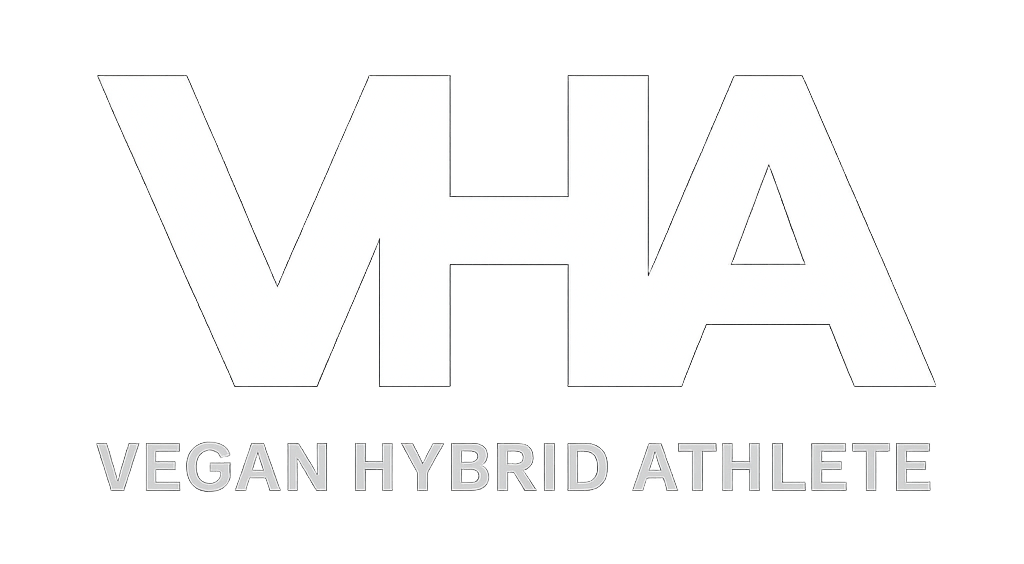Hypertrophy Training Basics — How to Train for Size
Hypertrophy Training Basics — How to Train for Size
Want to build bigger muscles? Then hypertrophy training is your go-to.
While strength training builds the engine, hypertrophy training builds the frame — larger muscle fibers, greater muscular endurance, and the aesthetics most people associate with “looking fit.”
Hypertrophy training and endurance training (running, etc.) need to be balanced. Every pound of body weight makes propelling your body harder (more energy required) and increases the impact on your joints, but extra strength and muscle can reduce the rate of injury for endurance training. The ideal hybrid athlete workout plan balances muscle development, strength, and endurance training.
Here are the basics to build muscle without all the confusion and marketing.
Hypertrophy Training 101
Below are the basics to training for size. Using these guidelines, you can increase your muscular size while increasing the weight on the bar. The most important aspect here is to get a high amount of volume in paired with increasing your weight/reps each week.
-
Volume: 8–15 reps per set, with 15–20 working sets per muscle group per week. Volume is the biggest driver of hypertrophy.
-
Weight: Choose weights that let you complete 8–15 reps with challenge. Track progress and aim to increase weight or reps over time (progressive overload).
-
Reps: You don’t need to train to absolute failure, but aim to be within 1–2 reps of it and hit the 8-15 rep range. Quality matters: control your reps and use good form.
-
Rep Tempo: Cadence isn’t critical, but if you want guidance, I suggest a 2-1-1 tempo (2 seconds down, 1-second pause, 1 second up). This allows for time under tension without sacrificing form.
-
Rest Between Sets: 30–60 seconds is typical, though longer rest doesn’t harm growth. Focus more on getting your total weekly volume and increasing it over time.
-
Exercise Selection: Use compound lifts to hit functional muscle groups early in the workout while you are fresh. Combine this with isolation exercises later in the workout when your fatigue is higher. For example, pair bench presses with chest flys, or squats with leg extensions. Isolation lifts require less effort for your central nervous system so you can get quality reps in late in the workout. Additionally, you can use isolation lifts target lagging muscles and improve size/strength symmetry.
Nutrition + Recovery for Size
Hypertrophy training at the gym is only one part of the equation. You get bigger when your body builds muscle fibers or increases their size in response to the stimulus of your gym session, so focusing on your nutrition and recovery just as important than your reps and sets at the gym.
The basics of recovery:
- Protein: 1g per pound of bodyweight daily.
- Calories: A caloric surplus (10%+ above maintenance) is necessary for muscle growth. You want to tell your body you have enough energy (primarily carbohydrates) to spend precious resources (amino acids from protein) to build bigger muscles. However, if your caloric surplus is too high, you will increase fat so be sure to monitor your calories.
- Recovery: You grow outside the gym — so sleep, manage stress, and don’t train the same muscle group hard two days in a row. Unlike strength training, you should aim for 72+ hours between high volume hypertrophy sessions of a specific muscle group (i.e., you can lift chest on Monday and back on Tuesday, but wait until Thursday to hit chest again).
Final Thoughts
Hypertrophy training is perfect for building muscle mass, improving body composition, and even helping with injury resilience. Combined with smart nutrition and recovery, it’s one of the most powerful tools in your hybrid athlete toolkit.
If you’re someone who runs, lifts, and juggles a busy life, hypertrophy training offers a great way to build a physique that performs and lasts.
References
These guidelines are based heavily on Andy Galpin, PhD’s ~15 hour podcast series on the Huberman Lab podcast, in addition to my own experience training and lifting. Dr. Galpin is a professor of kinesiology at California State University, Fullerton and trains professional athletes in addition to researching the latest in sports science.
